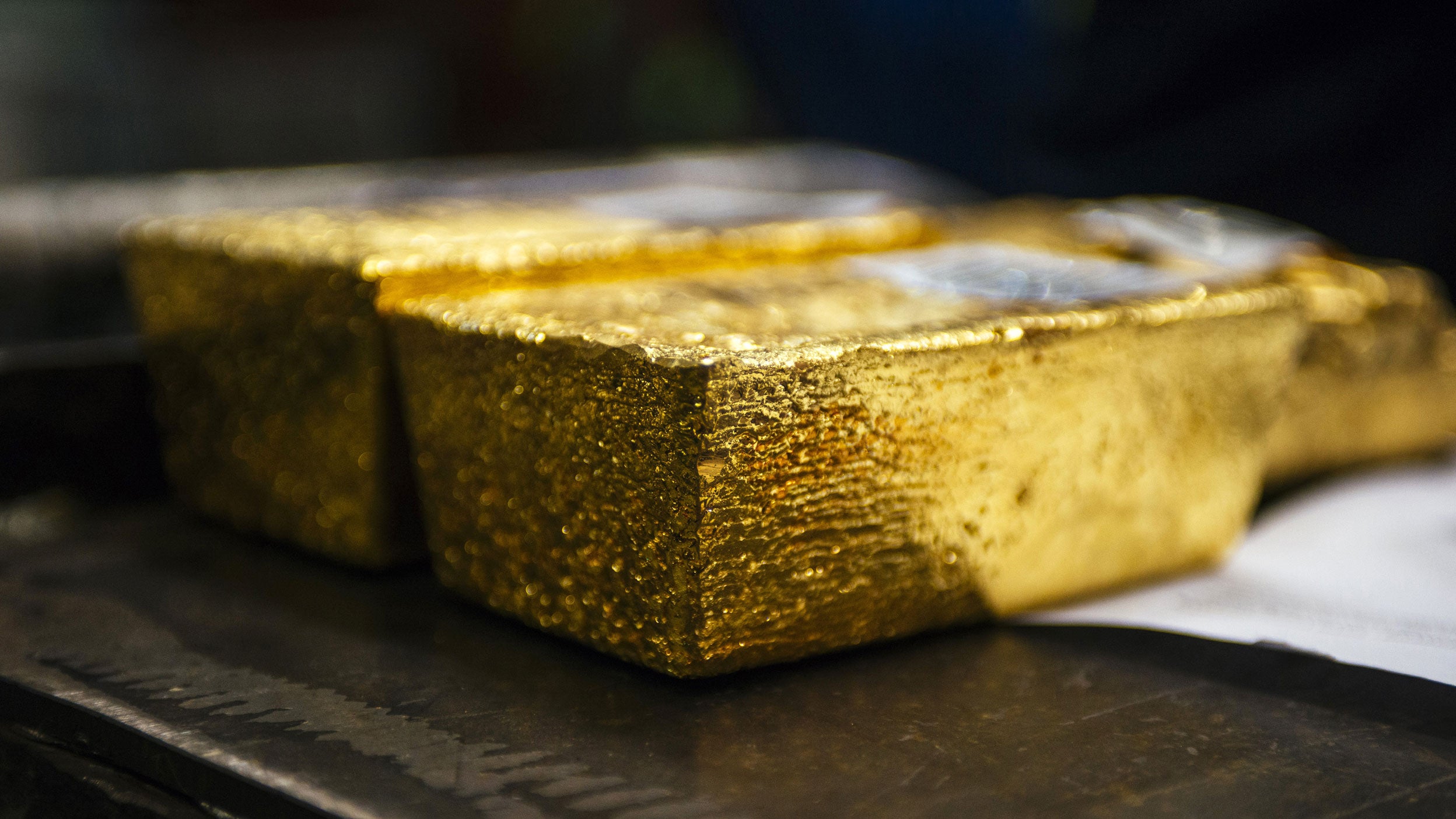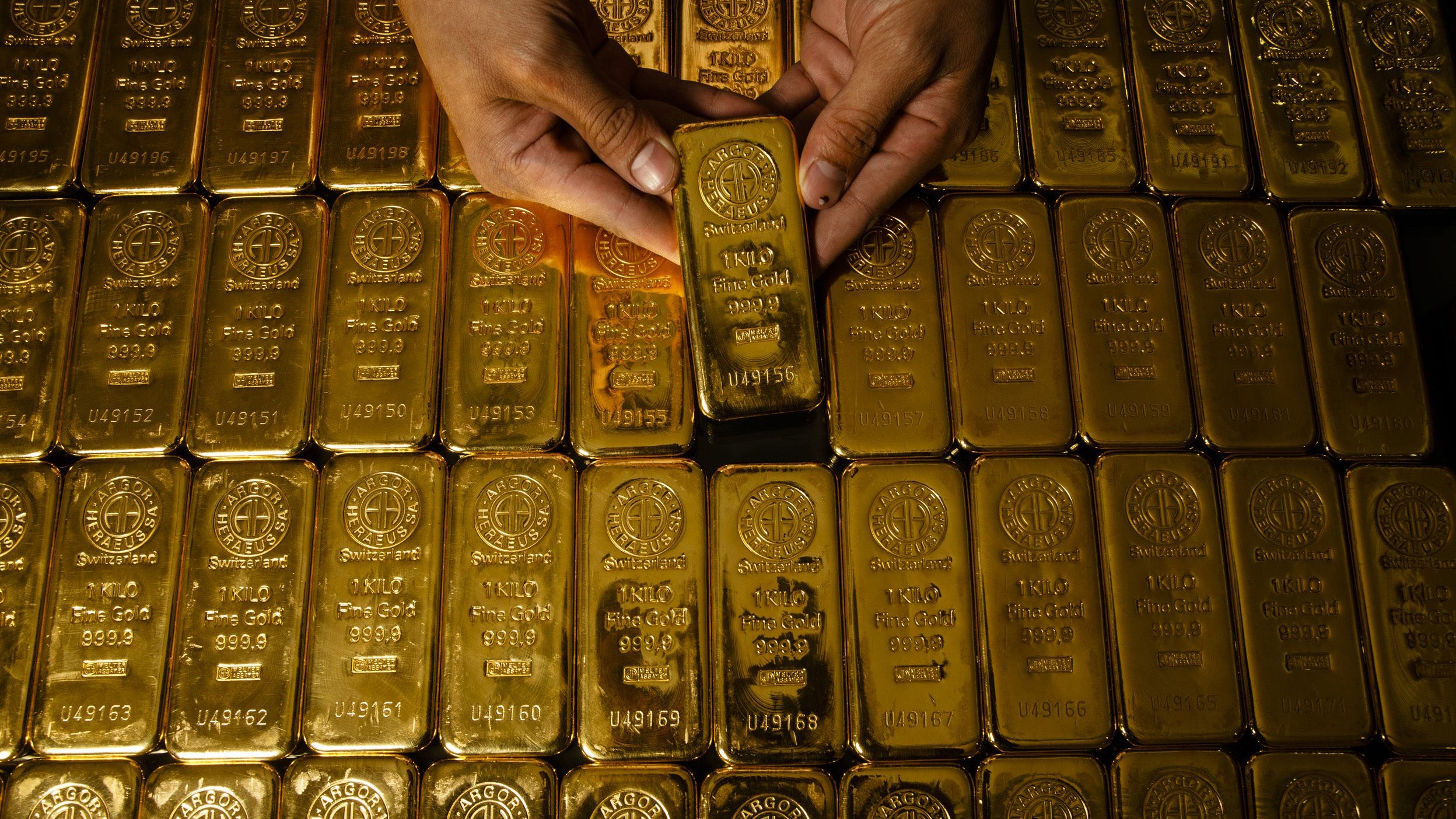Q1 supply and demand
Data released by the World Gold Council late in April confirmed what we were seeing during the first three months of the year. Investment demand for gold in Q1 was not merely strong but exceeded demand from the jewellery sector, which tends to account for around a half of total gold demand. Of the 1,206 tonnes consumed in the quarter, 551.9 tonnes were from total investment (coins and small bars as well as gold exchange-traded products), while a further 243.7 tonnes came from central bank purchases. By comparison, the jewellery sector fabricated 434 tonnes of gold, with demand limited by high gold prices.
At a regional level, Q1 investment in Europe-domiciled physical gold ETPs was the highest in any quarter since the beginning of the pandemic in 2020. China was another notable market, with strong demand in Q1 from retail (coins and small bars) and institutions (gold ETPs).
Keep an eye on …
Just as we highlighted last month, it will be important to watch how trade negotiations play out in the coming weeks. Will it be the case where those countries most willing to participate will receive the most favourable terms, thereby incentivising others to do the same? If deals can be agreed swiftly with some of the more significant trading partners, such as Japan but more crucially China, market concerns may dissipate, and the Fed could be in a better position to reduce interest rates. That scenario could see a more benign inflation picture, lower bond yields, lower interest rates, further weakness in the USD and a pick-up in economic growth. The combination of those factors could be positive for gold, although we must point out there are plenty of question marks in that scenario.
Speaking of the Fed, investors should pay attention to comments from both Chair Powell and the US President over the next couple months, particularly if data and/or news on tariff negotiations suggest a shift (in either direction) in economic growth, the employment market, consumer spending or inflation projections. As is often the case, the market is currently more dovish than the Fed appears to be.







